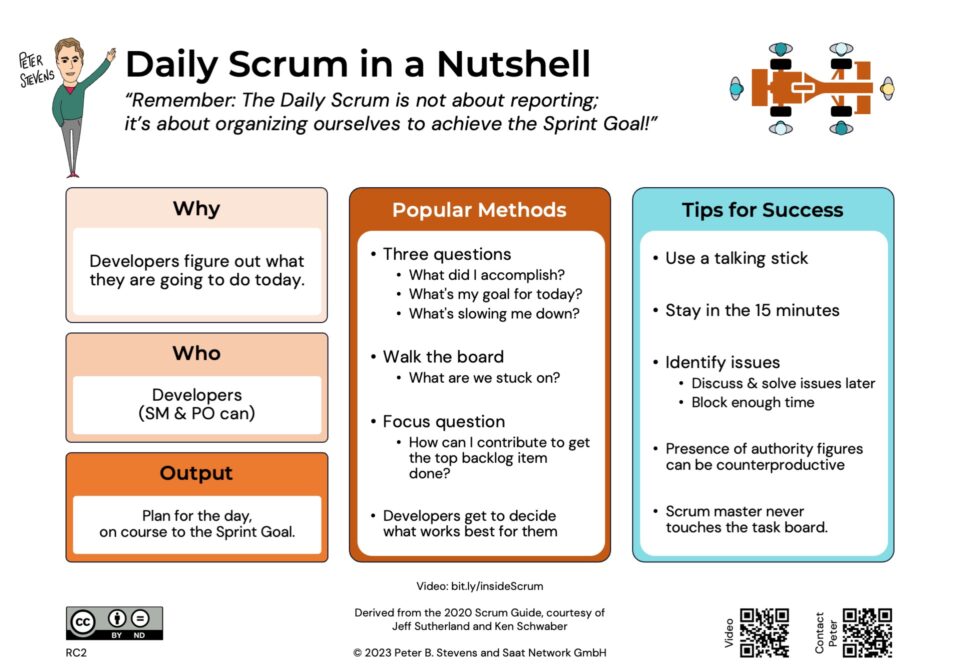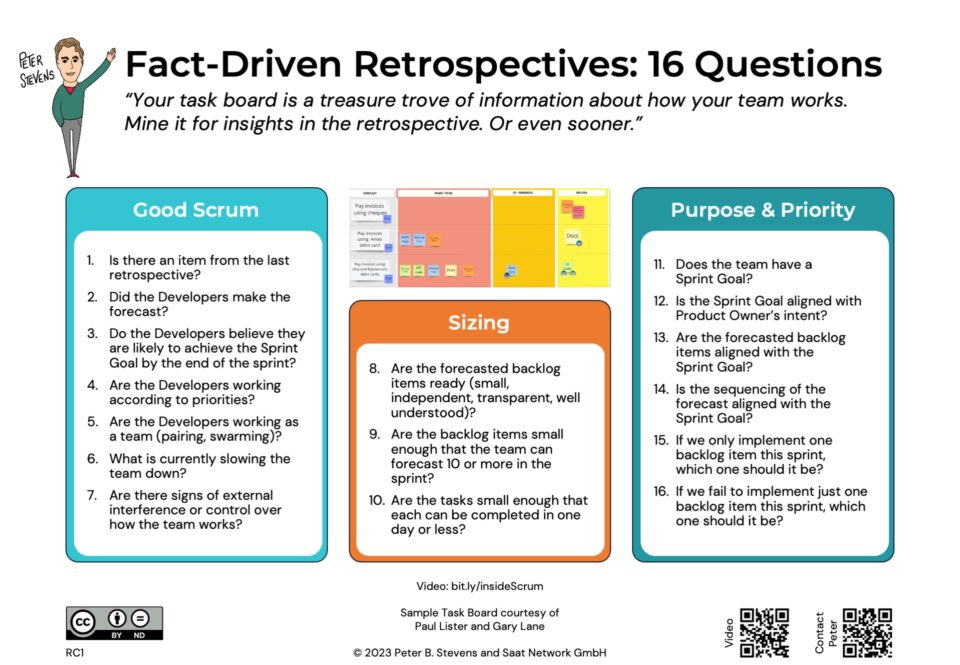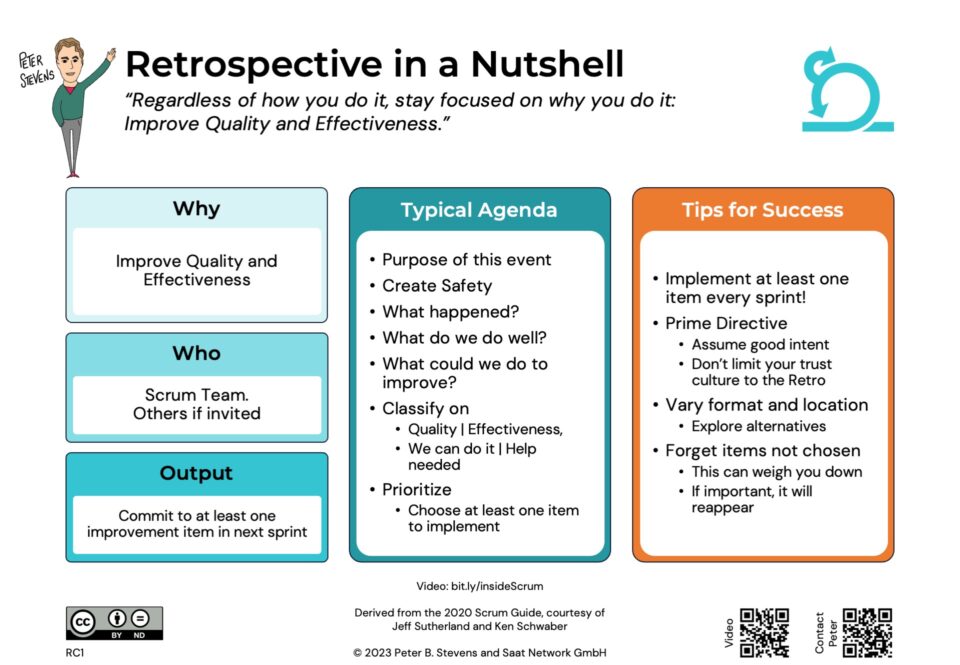Formation Scrum en français
10-10-2009Scrum Gathering: The Doctor is IN
22-10-2009Gary Hamel of the WSJ recently asked, “What really kills great companies?” He observed that established, successful companies become encrusted and unresponsive. During this time they either make insubstantial changes or realize that they are dying of sclerosis and go for the quadruple bypass surgery of dramatic change. So if inertia is a corporate form of sclerosis, what is the cause and what is the cure?
Looking at a large company – a large company is any company where common sense does not universally apply, a situation which probably starts at around 4 to 5 levels of management – we see that top management can become quite isolated from the base. Noise, propagation delay and information loss distort initiatives coming down from the top, so these are only partially or incorrectly implemented. The chain of command filters information coming up from the base. Problems that are obvious at the base don’t get the required attention from the top. Communication and feedback break down.
If we look at functioning democracies, we see there are typically three branches of government: the legislative which sets policy, the executive which carries out that policy (and sometimes has policy ideas of its own), and the judiciary which interprets the law and resolves disputes. A free press ensures that everything which must be said can get said. And in many cases, the rights of initiative and referendum further limit the power of government.
How are this roles reflected in the corporate structure? The legislative branch corresponds to top management: the board, the CEO, and maybe the top level of management. Oddly, these managers are called “executives.” Middle management fulfills the role of the executive branch. These people carry out the company policies and objectives. Like the executive branch of government, they have some ideas of their own about what the company should be doing, but they are fundamentally obliged to follow orders.
And what of the judicial branch and the press? How do opposing views, minority opinions, or even inappropriate behavior by top management get brought to the surface? I believe the short answer is that in many cases, they don’t. Bad news, the consequences of turf battles, structural impediments to productivity, and other problems simply do not get addressed, unless the company is in dire straights.
How can we prevent or cure this problem? Scrum offers a step in the right direction and suggests a more complete solution.
The job of the ScrumMaster is to recognize and resolve impediments to progress. The ScrumMaster does not represent management or any other stakeholder, but simply ensures that the game is played correctly. The ScrumMaster might even take on the role of attorney for team, protecting them from the changing winds of management, and working proactively with them to identify and prioritize measures to improve productivity.
What happens when these measures cannot be implemented by the team or the Scrum Master? If these measures are not handled promptly, or worse are sabotaged by a management more interested in the status quo than creating value for the customer, then continuous improvement stops and sclerosis sets in. What is needed is a way to ensure that impediments and improvements appear on management’s radar and get handled promptly and positively.
An Escalation Team represents a potiental solution to the problem. Their job is to resolve impediments and implement improvements that are beyond the jurisdiction of the ScrumMasters and first level management. This team quickly and effectively resolves the issues raised by the operational teams (and should be measured on their effectiveness at doing so). To be effective, an Escalation Team probably should consist of the managers operating at the level where common sense has given way to political considerations as the driving force in decision making — probably 3 or 4 levels up the ladder from the relevant teams — and should itself have a ScrumMaster who is selected from the operational ranks.
The Escalation Team creates a feedback loop between operational staff and management and is represents a potential cure for organizational sclerosis. If the bonus structure, metrics and other incentives ensure that the Escalation Team must respond quickly and effectively to problems discovered at the base, then we have established a remedy to prevent and cure organizational sclerosis.




